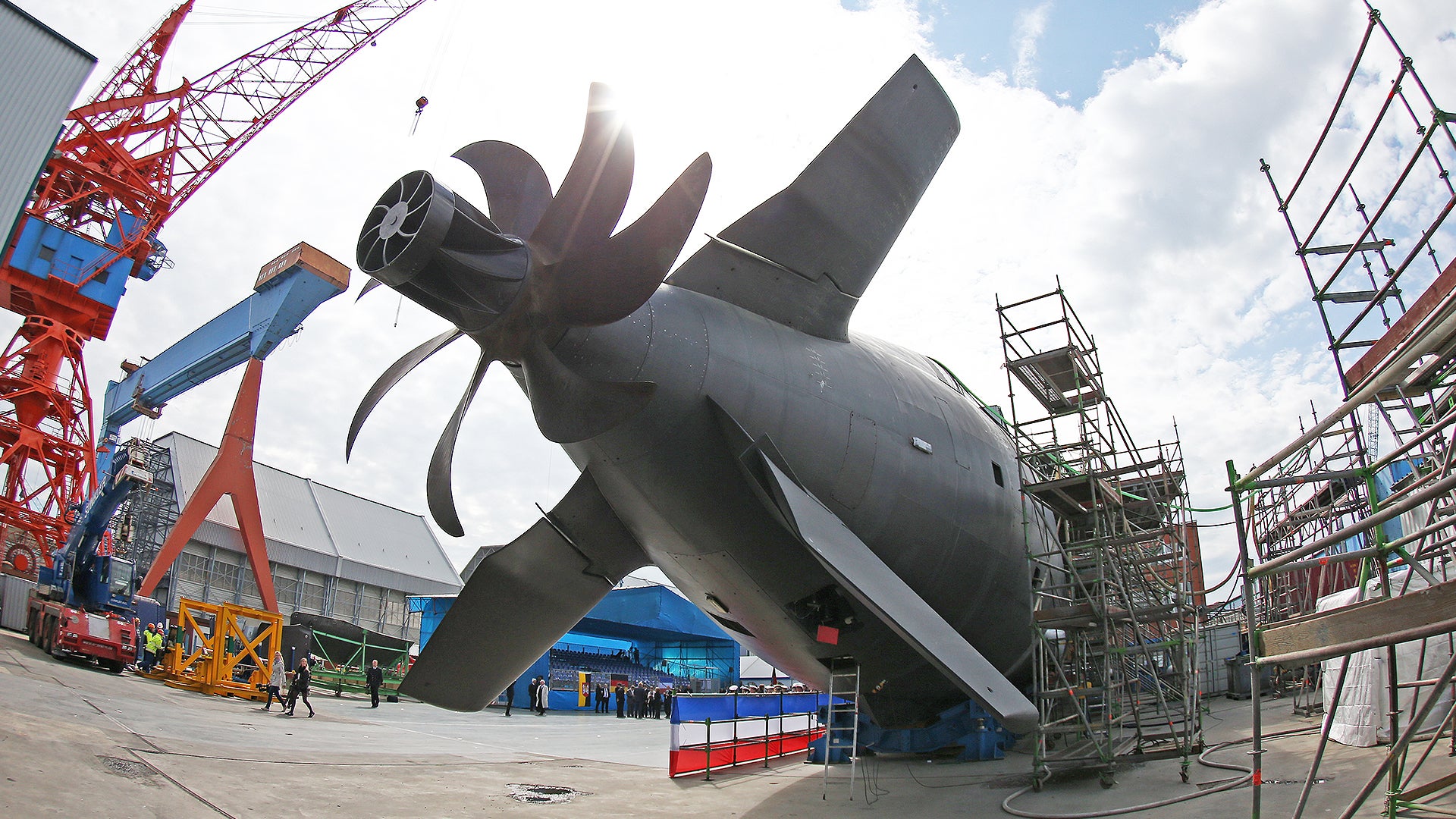When it comes to submarines, silence is survival, so any way to make a boat quieter is seen as a win and adding technologies that make a submarine both quieter and a more efficient performer is seen as potentially revolutionary. Submarine propulsion is a constantly evolving medium that largely exists in the shadows due to its sensitive nature, but once in a while we get a glimpse of something new. That’s is precisely the case with one of Germany’s Type 212 boats.
In the past two decades, propulsors have taken the place of traditional propellers on some advanced submarines, including America’s Seawolf and Virginia class nuclear fast attack boats, which has been a particularly interesting evolution. But now it seems that some smaller diesel electric subs are also adding something new to their propulsion systems that provides better performance at lower noise levels. Enter the Propeller Boss Vortex Diffuser (PBVD).
The technology came to my attention when @SSN01, a contact I follow on Twitter, posted a blurb about it. In the images he posted, and others available from the Associated Press and Getty Images, Germany’s Type 212 U36 is shown at its public christening. Oddly enough, the boat’s propeller wasn’t covered during the gathering, a practice that is largely customary any time a military submarine is out of the water.
Generally speaking, the propellers on combat submarines are usually considered quite sensitive for a number of reasons, one of which is that adversaries could supposedly get an idea of the acoustic characteristics of the boat if they have detailed images of the propeller’s geometry. This clearly wasn’t a concern for the German Navy or ThyssenKrupp who builds the Type 212s when U36 was christened in 2013. It is the newest Type 212 in service with the German Navy.
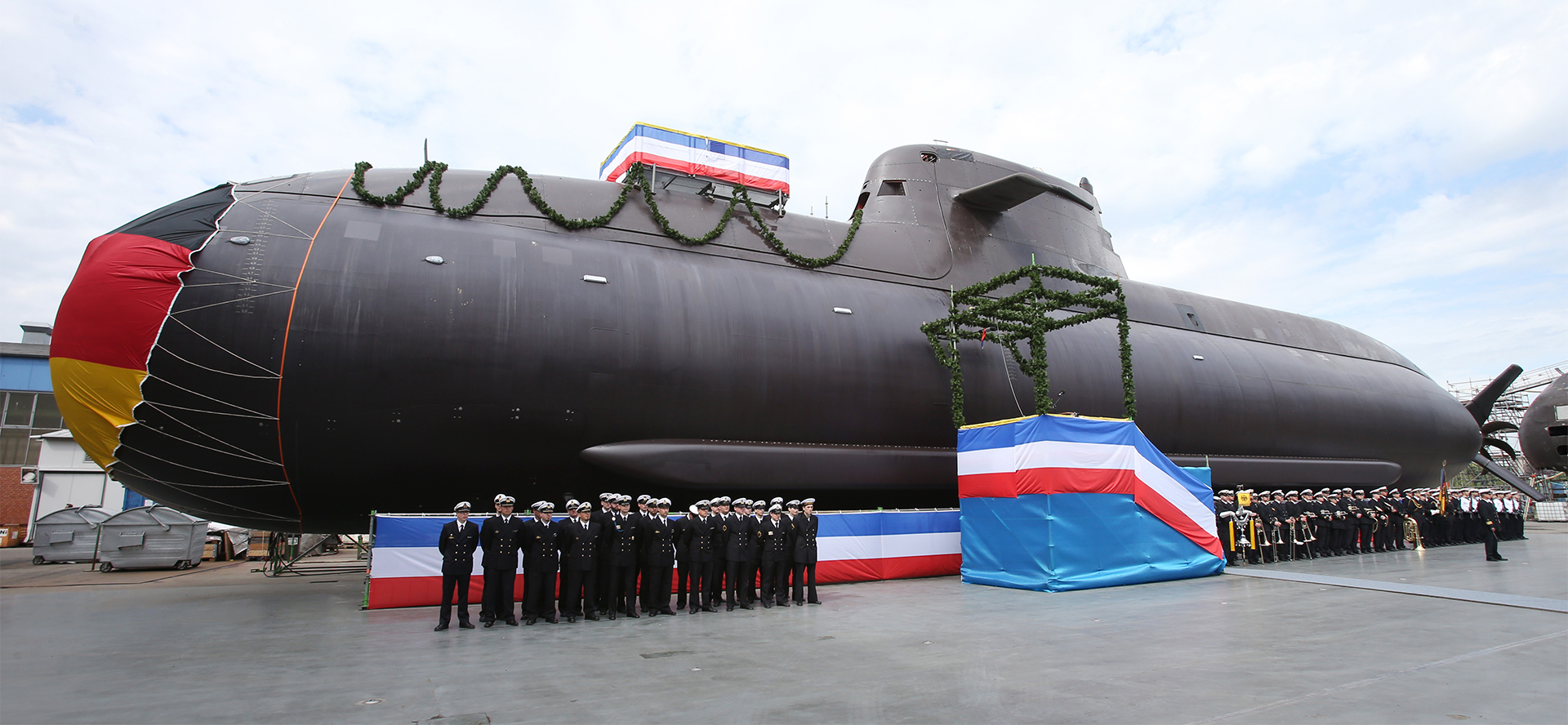
The cylindrical PBVD system sits over the hub of traditional submarine propellers. Its specially machined core works to greatly decrease turbulence and cavitation that emits from the spinning hub. This not only cuts down on the propeller’s audible signature, but it also improves propulsion efficiency and thrust.
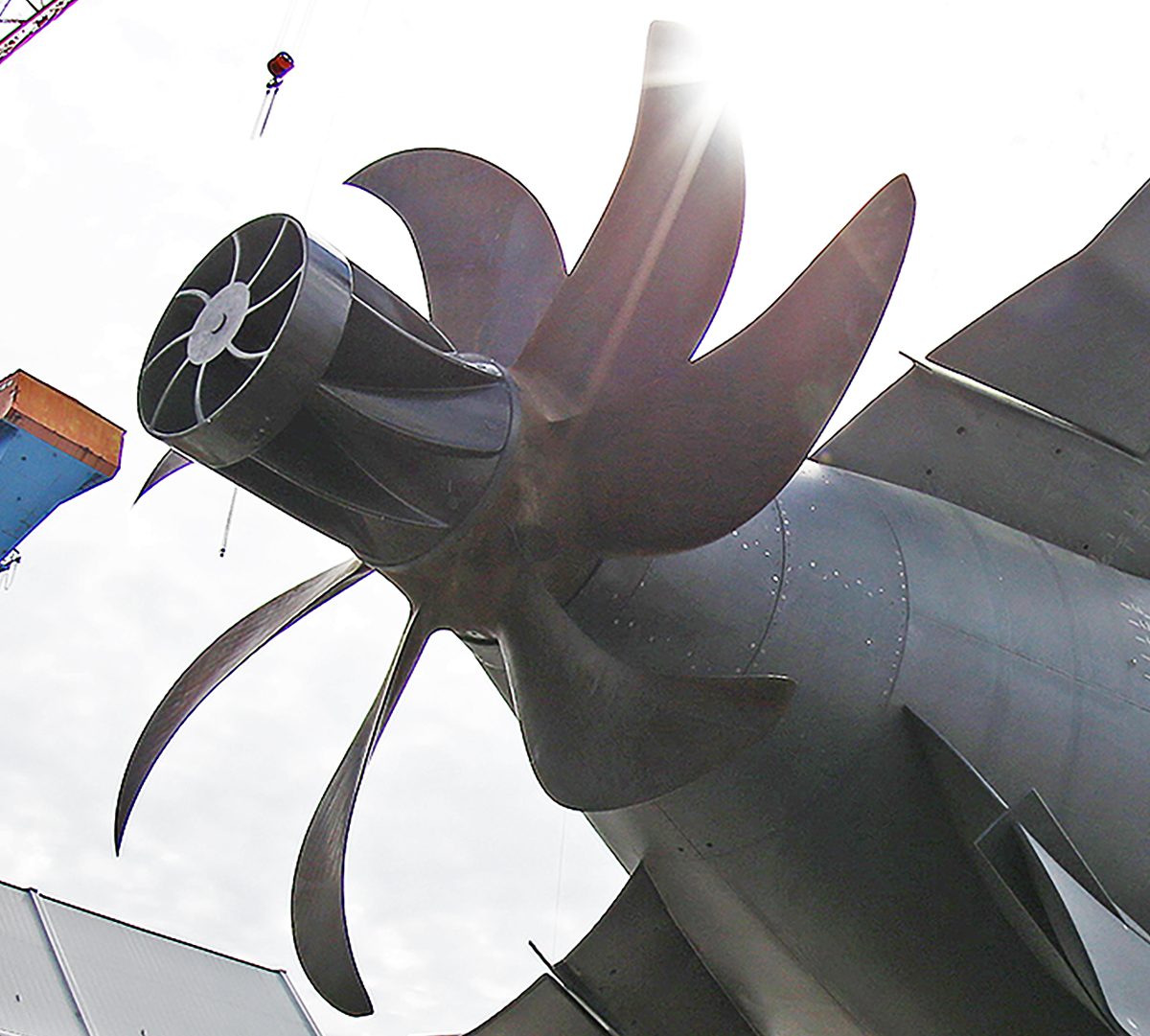
Interestingly, the basic concept behind this technology really isn’t secretive or new as it is also used in commercial applications where increased efficiency even in single digit percentages can mean big fuel savings over the life of a vessel. Commonly called Propeller Boss Cap Fins (PBCF) in the commercial world, the technology was developed in the 1980s and it’s in fairly widespread use today with thousands of ships sailing with them installed.
Wärtsilä’s EnergoProFin is one such product that comes with a manufacturer’s claim that it can cut fuel consumption by as much as five percent for large vessels. Marine Propulsion describes the EnergoProFin’s effectiveness as such:
“Weakening the propeller hub vortex behind the propeller decreases propeller resistance and manifests itself as increased thrust. The deflection of the flow aft of the propeller by the optimized profiled fins reduces the propeller torque. In addition to the improved propulsive efficiency, the new Wärtsilä EnergoProFin propeller can also be applied to reduced propeller-induced noise and vibrations.”
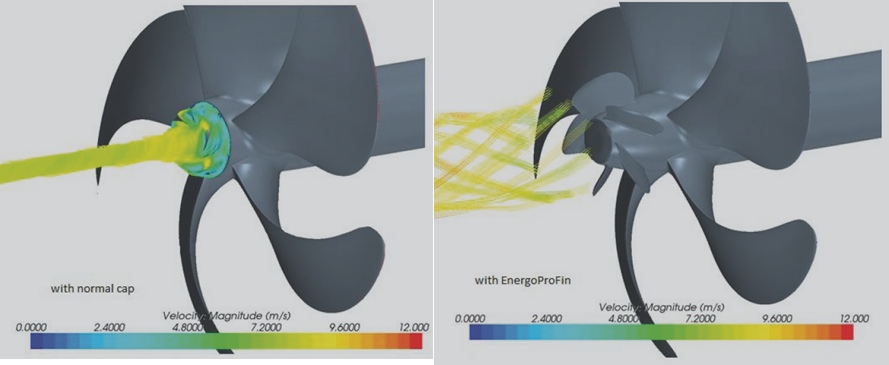
The adaptation of this technology seems to be pretty much a no-brainer for the military submarine industry. Still, its migration to the underwater realm is quite intriguing and the complex cylindrical design of the PBVD seen on U36 is clearly more intricate than the fin systems used on its commercial cousins. This is likely due to the submarine prop’s higher RPM and unique focus on maximum reduction in cavitation and noise production.

It’s not clear what other submarines have leveraged this technology, or even if all the Type 212s and their derivatives are fitted with it. But if it is greatly effective, maybe it will compete with the propulsor on certain future designs, especially when cost, reliability, and complexity are factored in.
Some simpler finned boss cap extension designs have existed in the past on certain submarines. Russian ones in particular, from the crazy fast Alfa class of the Cold War-era to the latest Kilo class submarines being produced today, use a simple finned design, but the Type 212’s device is far more complex.
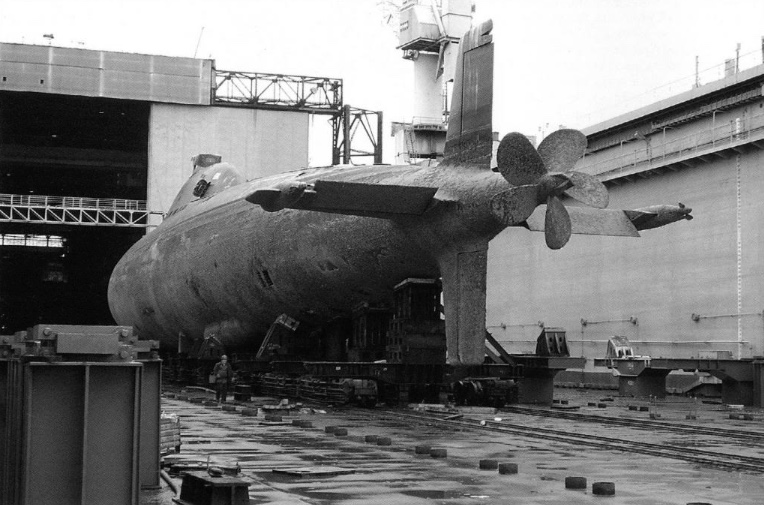
With that in mind, we just don’t know if this is a technological breakthrough from the Germans or not. It is possible and we will keep our eye out to see if a similar system pops up on other submarines.
Regardless, it certainly looks cool!
Contact the author: Tyler@thedrive.com
